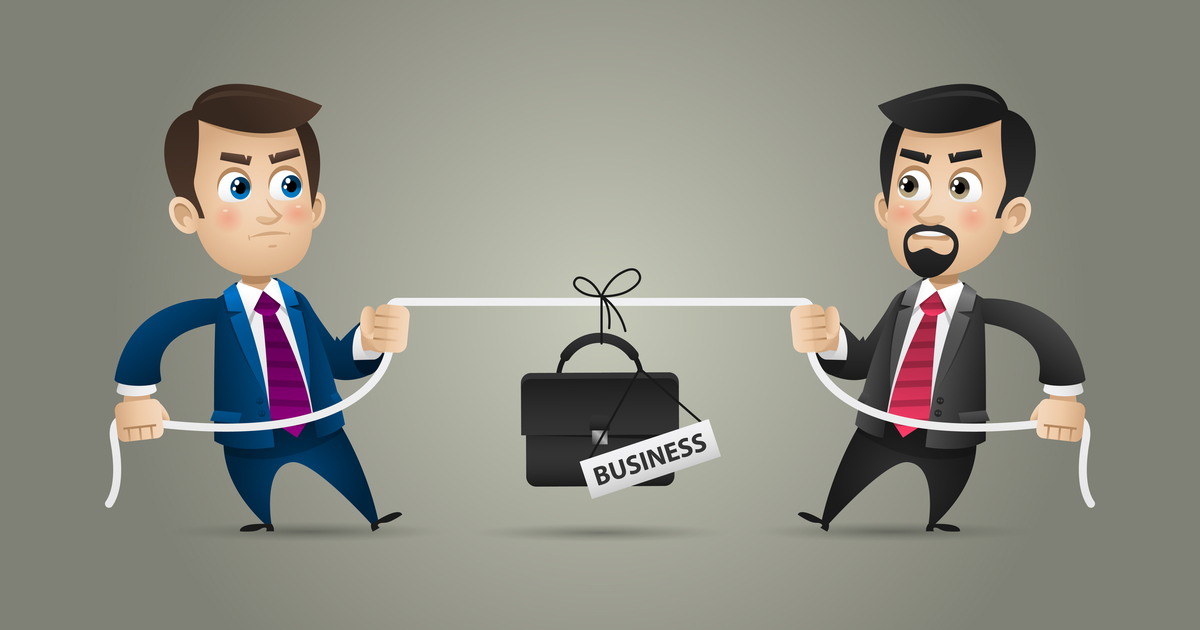In today’s legal arena, the words “current” and “competitive” should be used interchangeably with one another. The reason for this is that in order for small- and medium-sized law firms to compete against bigger firms, or for Big Law to contend against other Big Law establishments in today’s market, having an office that is technologically savvy is absolutely essential.
Whether you’re looking to level the playing field or surpass the competition, utilizing legal technology is the way to ensure your law firm is getting more done, and more efficiently, without adding to the payroll. And with pre-packaged, productized legal services on the rise, the cost reductions for potential clients that come as a result of having a more focused and resourceful firm will undoubtedly begin to carve away clients from the one-size-fits-all law commoditization industry.
Yet, beyond legal technology lies a vast world of other technological tools and methods that can ultimately set you apart as a legal professional and give you a competitive advantage in the courtroom. Here are a few suggestions from Abacus Next to assist you on your tech journey.
Use Google on Every Case
It might seem obvious to an attorney who’s already tech-conscious, but there are still plenty of professionals who overlook the practice of using Google searches both before and during legal cases. Speaking to the San Francisco Bar Association, Megan Zavieh, who specializes in defending attorneys being investigated in California, says of this practice, “Lawyers are no longer safe ignoring potentially-discoverable information online.”
The advantages of using Google searches for broadening your view of a case can be monumental. Between jurors searching for (sometimes erroneous) information online about a case they’re on, or using social media to speak about a case that could affect their ability to serve, you could potentially uncover a lot of material that could help you polish up your questions and arguments.
Demonstrate Your Case Using Technology
Though the court itself may be utilizing traditional modes of sharing information—e.g. printed documents still being submitted—you as an attorney and law firm don’t have to necessarily follow suit. An extremely effective way to get your argument across to jurors or the judge on a case is by creating timelines, charts and maps with easy-to-use software programs such as PowerPoint or other comparable applications.
Most of these programs offer a suite of interactive elements that can really add some vitality, and credibility, to your client’s case if they’re applied properly. And with this type of communication being so prevalent on the internet and elsewhere, your visual presentation will absolutely enhance any facts you’re providing orally as well as in writing.

